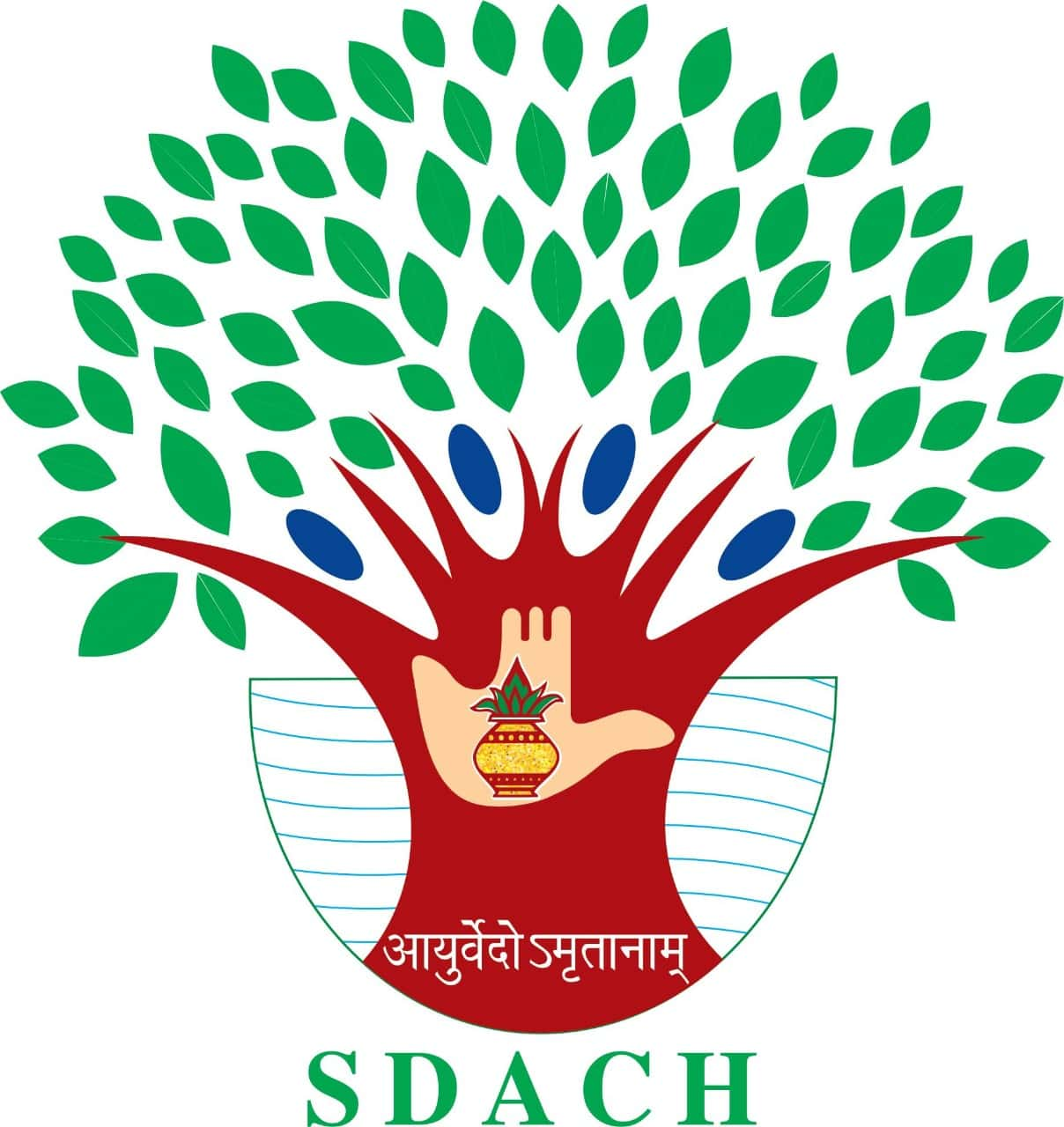Botanical Name : Costus igneus N.E.Br
Family : Costaceae
Introduction :
Costus igneus Nak (syn. Costus pictus D. Don, Costus mexicanus Liebm ex Petersen or Costus congenitus Rowle), commonly known as fiery costus, Step ladder or Spiral flag or Insulin plant, is native to South and Central America. This is a recent introduction to India from America as an herbal cure for diabetes and hence commonly called as ‘insulin plant.’ It is widely grown in gardens as ornamental plant in South India and also run wild in many places. It is used in India to control diabetes, and it is known that diabetic people eat one leaf daily to keep their blood glucose low.Leaves of C. igneus were one among the plants known to be effectively used for treating diabetes by the tribal people of Kolli hills of Namakkal district, Tamilnadu. In Mexican folk medicine, the aerial part of C. pictus D. Don is used as an infusion in the treatment of renal disorders.
The plant belongs to the family Costaceae. The Costaceae was first raised to the rank of family by Nakai on the basis of spirally arranged leaves and rhizomes being free from aromatic essential oils. Before the elevation to family status, Engler and Prantl recognized Costoideal as a subfamily under Zingiberaceae. Several anatomical and morphological features support this isolated position including well developed aerial shoot with distinct, rigid, and commonly branched stems. The leaves are inserted in a low spiral with divergences. The family Costaceae consists of four genera and approximately 200 species. The genus Costus is the largest in the family with about 150 species that are mainly tropical in distribution.[2,6] The present review deals with the recent research carried out in the area of phytochemistry, pharmacological, biological activities, and safety of Costus igneus Nak.
Morphology :
It is a perennial, upright, spreading plant reaching about two feet tall, with the tallest stems falling over and lying on the ground. Leaves are simple, alternate, entire, oblong, evergreen, 4-8 inches in length with parallel venation. The large, smooth, dark green leaves of this tropical evergreen have light purple undersides and are spirally arranged around stems, forming attractive, arching clumps arising from underground rootstocks. Beautiful, 1.5-inch diameter, orange flowers are produced in the warm months, appearing on cone-like heads at the tips of branches.[8] Fruits are inconspicuous, not showy, less than 0.5 inch, and green-colored.
Chemical constituents :
Sequential screening for phytochemicals of C. igneus leaves revealed that it is rich in protein, iron, and antioxidant components such as ascorbic acid, α-tocopherol, β-carotene, terpinoids, steroids, and flavonoids. It was revealed in another study that methanolic extract was found to contain the highest number of phytochemicals such as carbohydrates, triterpenoids, proteins, alkaloids, tannins, saponins, and flavonoids. Preliminary phytochemical evaluation of Insulin plant (C. pictus) revealed that the leaves contain 21.2% fibers. Successive extracts gave 5.2% extractives in petroleum ether, 1.06% in cyclohexane, 1.33% in acetone, and 2.95% in ethanol. Analysis of successive extracts showed presence of steroids in all extracts. The ethanol extract contained alkaloid also. The major component of the ether fraction was bis (2’-ethylhexyl)-1,2-benzenedicarboxylate (59.04%) apart from α-tocopherol and a steroid, ergastanol. Stem showed the presence of a terpenoid compound lupeol and a steroid compound stigmasterol. Bioactive compounds quercetin and diosgenin, a steroidal sapogenin, were isolated from C. igneus rhizome. Trace elemental analysis showed that the leaves and rhizomes of C. pictus contains appreciable amounts of the elements K, Ca, Cr, Mn, Cu, and Zn. Steam distillation of stems, leaves, and rhizomes of C. pictus D. Don yielded clear and yellowish essential oils.
Studies
Major pharmacological activities :
Of late, a lot of research work has been conducted to evaluate the anti-diabetic effect of insulin plant. In a cross- sectional clinical study, patients consuming either one fresh leaf or 1 teaspoon of shade-dried powder/day of C. igneus in conjunction with other modalities of treatment had effectively produced glycemic control in diabetics.
However, an in vitro study of ethanolic extract of C. pictus leaf was analyzed to study GLUT4 translocation and glucose uptake activity, which showed no direct peripheral action at 300 μg/ml dose comparable with insulin and metformin. A study evaluated the ability of a tea made from the leaves of C. spicatus to alter glucose homeostasis in C57BLKS/J (KS) db/db mice, a model of obesity-induced hyperglycemia, with progressive beta-cell depletion. Intraperitoneal (IP) insulin tolerance testing after the 10-week study period showed that C. spicatus tea consumption did not alter insulin sensitivity, which suggested that at the dose given, tea made from C. spicatus leaves had no efficacy in the treatment of obesity-induced hyperglycemia.
Toxicity study :
Acute toxicity studies were studied with different doses of aqueous extract of C. pictus from 5, 10, 20, and 40 g/kg body weight. None of the doses of this extract produced mortality or any behavioral disorders. Acute toxicity studies revealed that the administration of aqueous extract 1 g/kg b.w/day for 30 days produced no effect on the general behavior and all the animals survived the test period. Administration of ethanolic extract of C. igneus leaves from 50 mg/kg b.w up to the dose of 5000 mg/kg b.w did not show significant toxicity signs during the first four hours and followed by daily observations for 14 days, and no mortality was also observed; the drug was found to be safe at the tested dose level of 5000 mg/kg b.wt. However, in a study carried out on the methanolic extract of C. igneus, findings indicated toxicity at 250 mg/kg body weight. Further, in another investigation, palmitic acid was found to be the major component in the stem, leaf, and rhizome oils of C. pictus. Palmitic acid is found to induce degeneration of myofibrils in healthy adult rat cardiomyocytes, enhance LDL to HDL cholesterol ratio, and it was found to be the important precursor for the development of coronary heart diseases. So, the constant use of C. pictus leaves for diabetic treatment may cause serious cardiac diseases, and it is not recommended for the treatment.
Hypolipidemic activity :
A study was carried out to comparatively evaluate the methanolic and aqueous extracts of C. igneus in diabetes-induced hyperlipidemia in rats. The study revealed that methanolic and aqueous extracts at a dose of 200 mg/kg body weight reversed the diabetes-induced hyperlipidemia. Alcoholic extract of C. igneus at the dose of 400 mg/kg (p.o) had significantly decreased the levels of serum cholesterol, triglycerides, LDL in Triton-induced hyperlipidemic rats.
Diuretic effect :
A study was carried out to measure the diuretic effect of an aqueous extract of C. pictus D. Don at doses of 100 and 200 mg/kg body weight and to compare it with the one induced by furosemide at 4 mg/kg. The results revealed that C. pictus induced a natriuretic effect similar to furosemide. The aqueous extract induced an increment in sodium and potassium clearance similar to the one obtained with furosemide, suggesting that it represents significant diuresis.
Antioxidant activity :
An in vitro study of alcoholic extract of leaves of C. mexicanus showed moderate antioxidant activity. The antioxidant activities of leaves and rhizomes in methanol, aqueous, ethanol, and ethyl acetate extracts were assessed using different models like DPPH, β-carotene, Deoxyribose, superoxide anion, reducing power, and metal chelating assay at different concentrations. Leaves and rhizomes of C. pictus showed good antioxidant activity of about 89.5% and 90.0% when compared with standard BHT (Butylated Hydroxy Toulene) (85%) at a concentration of 400 μg/ml. Results obtained revealed that methanolic extracts of both leaves and rhizomes of C. pictus possess higher antioxidant activity when compared with other extracts. In another study, methanolic leaf extract of C. pictus D. Don caused significant increase in superoxide dismutase, catalase, glutathione peroxidase, glutathione reductase, vitamin A, vitamin C, vitamin E and reduced glutathione, and thus, could be effective in reducing oxidative stress and free radical-mediated diseases. The antioxidant property of this plant may be due to the presence of phenolic substances. Methanolic extracts of flower and stem of C. pictus possess in vitro antioxidant activity against oxidative protein damage. Among the extracts tested for, chloroform extract of C. pictus D. Don bark possessed high antioxidant activity. Oral administration of ethanolic extract of C. igneus rhizome at 200 mg/kg body weight to diabetic rats for 30 days induced a significant antioxidant effect. The bioactive compound quercetin and diosgenin present in the plant exhibited antioxidant activity, which was sufficient to reverse oxidative stress in liver, pancreas, and kidney of diabetic rats as well as to stimulate glycolytic enzymes and control gluconeogenesis in diabetic animals.
Ameliorative effect :
A study was conducted to evaluate the ameliorative effect of ethanolic extract (50 mg/kg b.wt, orally) of rhizome on mitochondrial enzymes in alcohol-induced free radical toxicity in male albino rats. After 21 days of treatment, mitochondrial enzymes were restored to normal levels, which showed that C. pictus improved mitochondrial activities during alcohol-induced free radical stress.
Anti-microbial activity :
Methanolic extract of C. igneus showed maximum anti-bacterial activity against gram-positive Bacillus cerus, Bacillus megaterium, Micrococcus leuteus, Staphylococcusn aureus, Streptococcus lactis, and gram-negative strains Pseudomonas aeruginosa, Escherichia coli, Enterobacter aerogenes, Klebsiella pneumoniae, and Salmonella typhimurium. The isolated compound from the ethanolic extract of Costus igneus showed moderate anti-bacterial and anti-fungal activity against Staphylococcus aureus, Eschericia coli, and Candida albicans. Among the extracts of various parts of C. pictus, methanolic extracts of stem and flower exhibited maximum inhibitory activity on the growth of tested microbes, viz., Shigella flexneri, Klebsiella pneumonia, Bacillus subtilis, Escherichia coli at the concentration of 150 μg/ml.
Anti-cancer effect :
The ethanolic extract of leaves of C. pictus was found to have anti-proliferative and anti-cancer potential in in-vitro mammalian fibrosarcoma (HT-1080) cells. All the extracts of bark had potent anti-cancer properties against HT 29 and A549 cells.
Putative activity :
Aqueous extract of Costus stem and isolated compounds lupeol, and stigmasterol had an inhibitory effect on calcium oxalate urolithiasis, and its putative activity was confirmed by the promotion of formation of calcium oxalate dehydrate (COD) crystals and may possibly treat urinary stones by inhibiting the formation of calcium oxalate monohydrate (COM) crystals.





